A Closer Look at Intel’s Fight for Semiconductor Supremacy
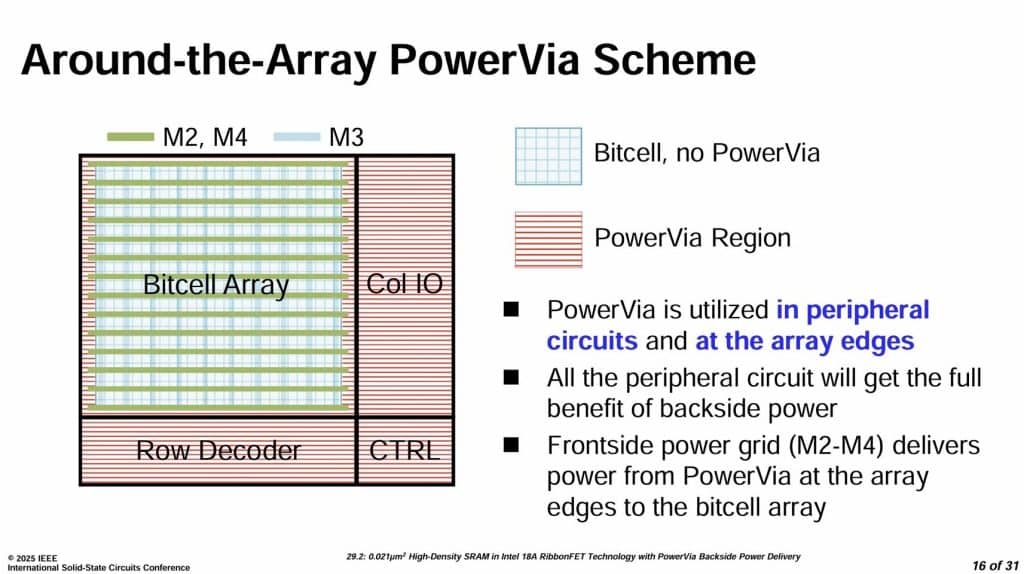
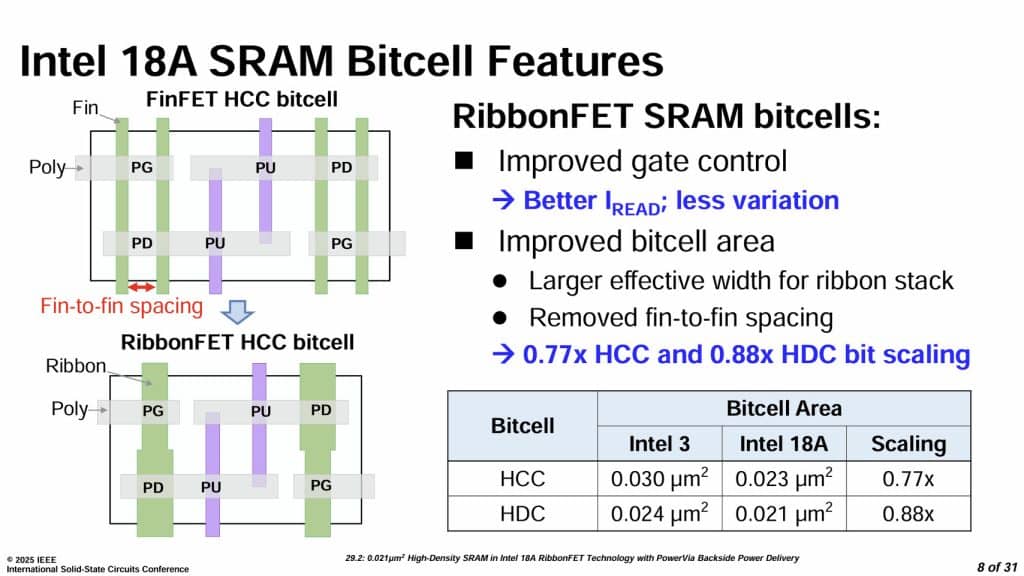
For years, Intel has been playing catch-up in the semiconductor manufacturing space, struggling against TSMC and Samsung’s aggressive advances in process technology. But now, with its 18A process node, Intel appears to be making a serious bid to reclaim dominance. Reports from ISSCC 2025 suggest that Intel’s 18A boasts an SRAM density on par with TSMC’s N2, a significant milestone for a company fighting off doubts about its foundry business.
But is this enough to put Intel ahead? Let’s break it down.
PowerVia & BSPDN: Intel’s Secret Weapons?
Two significant innovations define Intel’s 18A process:
- PowerVia (Backside Power Delivery Network – BSPDN)
- RibbonFET (Intel’s version of Gate-All-Around, or GAA)
PowerVia is particularly interesting because it moves power delivery to the backside of the wafer, reducing resistance and improving power efficiency. Neither TSMC nor Samsung have implemented this at scale yet. It could give Intel a power efficiency edge, particularly in high-performance computing (HPC) and AI chips, where efficiency is crucial.
Meanwhile, RibbonFET, Intel’s take on GAA transistors, promises better performance per watt than traditional FinFET designs. While TSMC is transitioning to N2 nanosheet transistors, Intel’s simultaneous implementation of BSPDN and GAA could give it a unique advantage.
Intel vs. TSMC: Who Wins?
On paper, Intel’s 18A is finally competitive with TSMC’s N2, but the real test will come in actual chip production yields and power efficiency benchmarks.

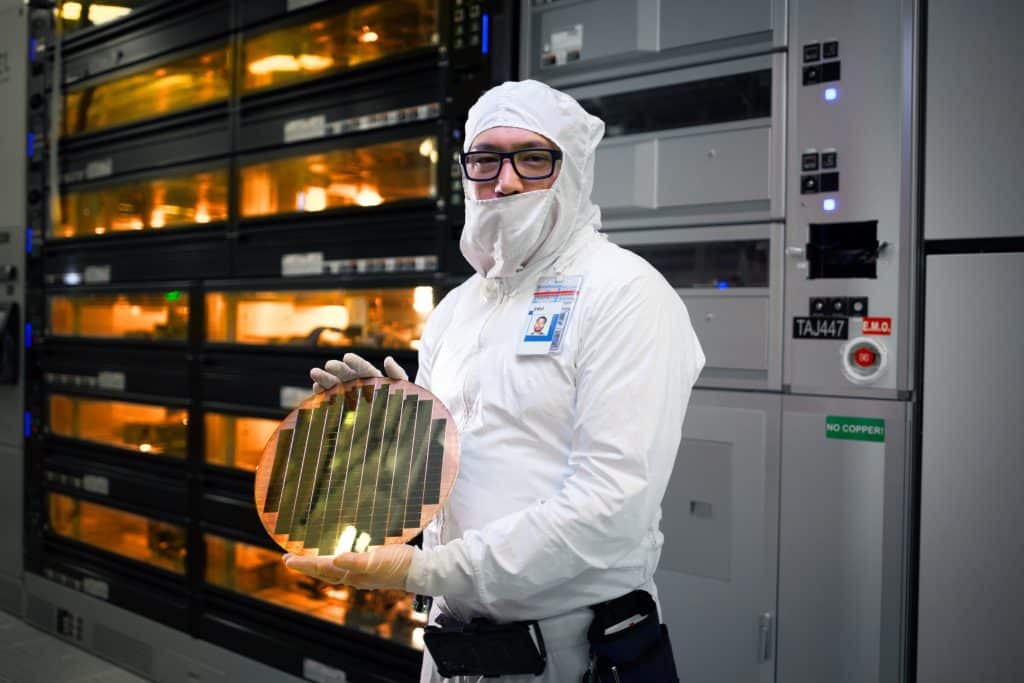
While Intel leads PowerVia, TSMC has a history of higher production yields and stronger foundry relationships with major clients like Apple, NVIDIA, and AMD. Intel’s ability to convert technology into revenue depends on its ability to execute at scale.
The Road Ahead: A Make-or-Break Moment for Intel
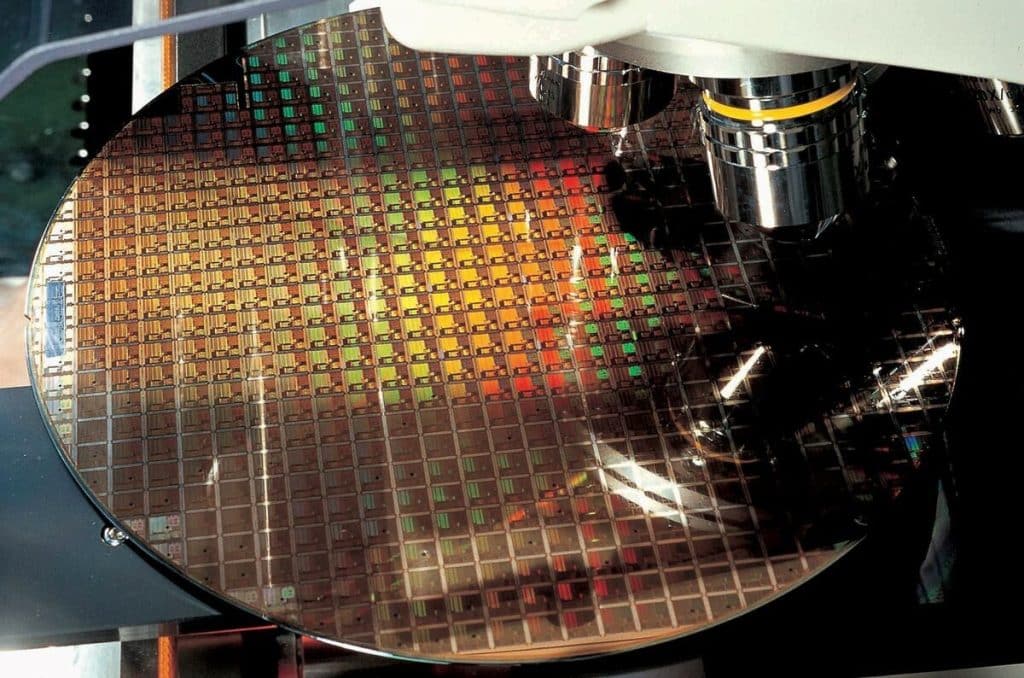
For Intel, the success of 18A isn’t just about process leadership—it’s about winning back the foundry market. Intel Foundry Services (IFS) has big ambitions, but to convince major players like NVIDIA, AMD, or even Apple to switch, it must prove its technology is reliable and scalable.
If 18A delivers on its promises, it could mark a turning point for Intel’s return to the top of semiconductor manufacturing. However, if yield issues or production delays arise, Intel could remain a step behind TSMC despite its technological advancements.
For now, the semiconductor wars are heating up, and Intel’s 18A is its best shot at redemption.
Will Team Blue finally make a comeback, or is this just another temporary win in a long uphill battle? Let’s see how it plays out.
🔥 What do you think? Is Intel finally back, or is TSMC still the king?
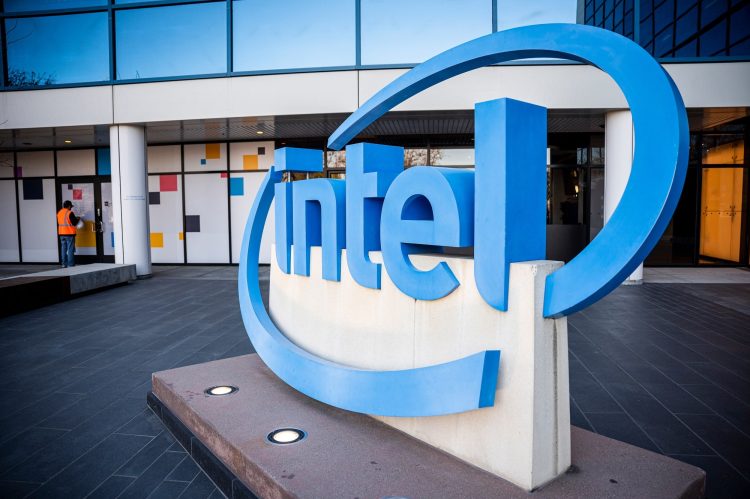

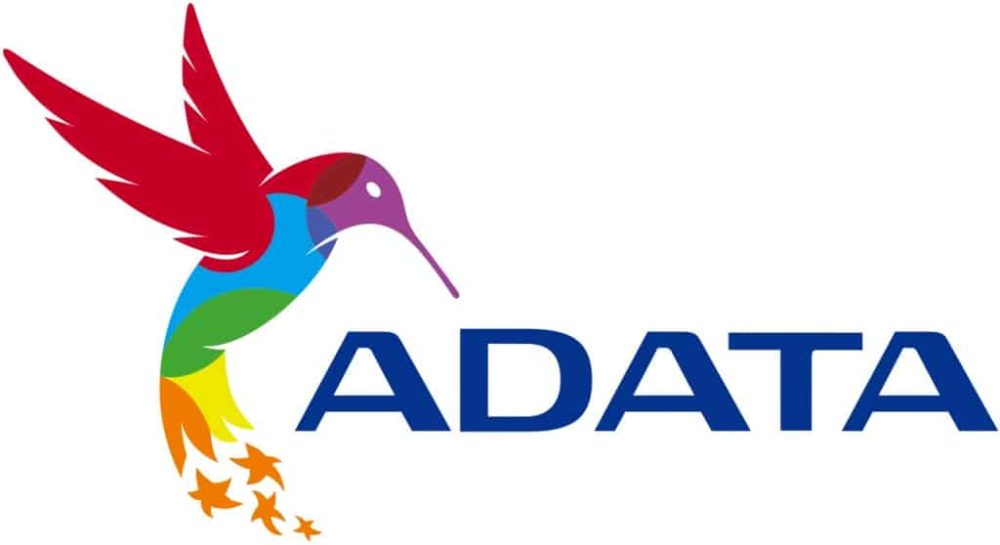
Aris i just Pre-Ordered Cougar GLE 1000W with ATX 3.1 spec, i see Cybenetics logo on official Cougar web but i can’t find any list on your Cybenetics web so can u update the parts description and results ?
We need to make them available. Will arrange that 🙂
thx for update Aris maybe you can add parts desciption list later, because opening a PSU will remove my warranty
If we find them in our storage sure 🙂